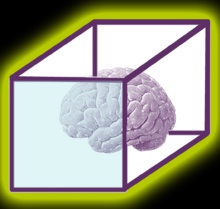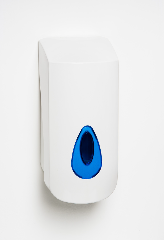
'Recognizing the need is the primary condition for design.'
Milton Glaser
Unit 3: Engineering Product Design and Manufacture
What you will do
This unit will give you the skills that you will need to meet design challenges and produce effective engineering solutions to solve problems.
There is opportunity within this unit for a range of design activities to be carried out, along with hands-on practical investigations of existing engineering products.
You will have the oppertunity to develop design concepts coherently using an iterative approach and to be able to validate your own designs.
Topic 1: Design Triggers and factors
You will develop the skills needed to identify and respond to design triggers so that you can develop your own product design specifications and your own developed design solutions.
Task 1: Write a list of the things that could make a designer or engineer decide to design something.
Task 2: Use the button below to review the Ergonomics & Anthropometrics content
Task 3: Review the video below.
Take bulletted notes on: The features of good design; product range; simplicity; form and function.
Task 4: Use the link below to find out more about the design process & design factors.
Task 5: Write 1000 words. Explain the features of good design. Explain the range of issues that would make up bad design. Explain what we mean by a design specification.
Topic 2: Sustainabillity issues
You shall be equipped with the skills needed to address a range of challenges including those related to sustainability issues and/or modern manufacturing techniques.
Task 2: Review the content at the links below, complete any questions / activities on the linked pages.
Topic 3: Soap dispenser re-design project file
You should be able to draw on your wider experience of engineering from other units and the wider engineering world to present coherent design solutions.
The challenge is linked to working with an industry partner who have given us a suitable context for this project.
The level of detail needed in you developed design solution will be of a high standard. You will need to use Orthographic drawings, CAD models / drawings, annotated sketches, bill of materials, environmental impact annotation, and a plan for manufacture.
Use the link below to visit our partners and find out about thier latest designs, can you do better?
Task 1: Review the product brief & specification (PDS)
Review the PDS taking notes and/or highlighting any salient points in the document, make any initial qick sketches that you think of as you do this.
Adobe Acrobat document [272.6 KB]
Task 2: 2D and 3D sketching, rendering.
Use 2D and 3D sketching techniques to represent a number of possible design solutions, consider your learning about the principles of good design from our previous sessions.
Task 3: Comple a project document using an A3 landscape power point, you will need to cover these areas:
- Reasons for developing the product. e.g. reducing cost, environmental impact etc.
- Suitability of manufacturing processes. (Research into manfacturing processes for plastics)
- Design challenges. (Detail the challenges you face and the solutions you find)
- Engineering product development examples. (Sketched designs, Orthographic drawings & CAD)
- Independent study into other design triggers. (Research design trends, lifestyle of users etc.)
The level of detail needed in you developed design solution will be of a high standard. You will need to use Orthographic drawings, CAD models / drawings, annotated sketches, bill of materials, environmental impact annotation, and a plan for manufacture.
Task 4: Validating design solutions, a data collection activity
You will collect data about selected products, standard fittings and/or compoents.
This data will be analysed and presented using statistical methods (se video above)
Make sure you use different data collection methods and acknowledge the limitations of each clearly.

